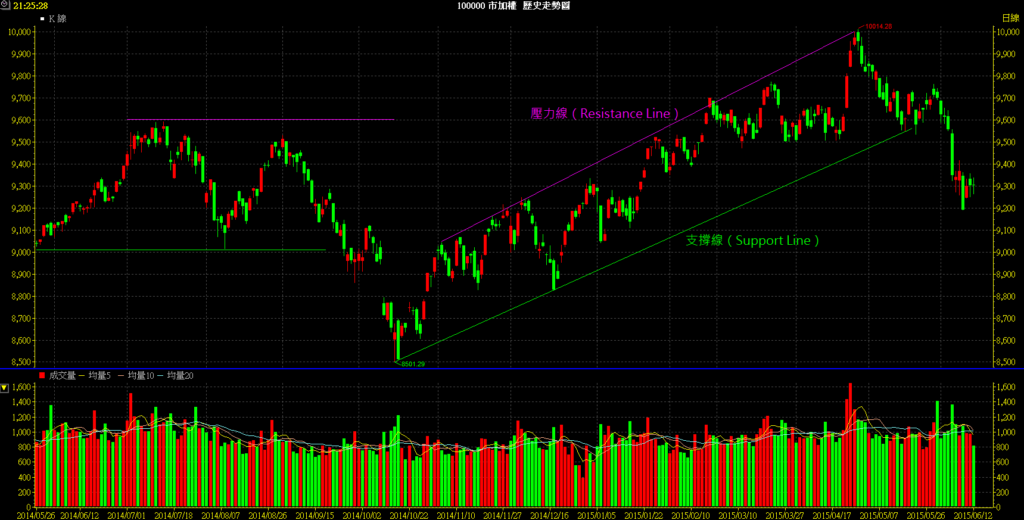Intraday Trading: A Comprehensive Guide– Intraday trading, also known as day trading, is a form of trading where securities are bought and sold within the same trading day. Unlike traditional investing, which involves holding onto assets for longer periods, intraday trading focuses on capturing short-term price movements to make profits.
Intraday Trading: A Comprehensive Guide / Intraday Trading: A Comprehensive Guide / Intraday Trading: A Comprehensive Guide
Understanding Intraday Trading

What is Intraday Trading?
Intraday trading involves buying and selling financial instruments such as stocks, currencies, or commodities within the same trading day. Traders aim to capitalize on small price fluctuations to generate profits.
How does Intraday Trading Work?
Traders closely monitor market trends and use various technical and fundamental analysis techniques to identify potential opportunities. They execute trades using online trading platforms and aim to close their positions before the market closes for the day.
Benefits of Intraday Trading
High potential returns
Intraday traders have the potential to earn significant profits in a short amount of time, as they capitalize on small price movements throughout the day.
Lower overnight risk
Unlike swing or position traders who hold onto assets overnight, intraday traders do not have exposure to overnight market risks, such as gap openings or geopolitical events.
Increased liquidity
Intraday trading typically involves highly liquid assets, allowing traders to enter and exit positions quickly without significantly impacting market prices.
Risks of Intraday Trading
Market volatility
Intraday trading is susceptible to market volatility, which can lead to rapid price fluctuations and increased trading risks.
Margin calls
Using leverage to amplify returns can also magnify losses, leading to margin calls if the trader’s account balance falls below the required margin level.
Emotional stress
The fast-paced nature of intraday trading can induce emotional stress, as traders must make quick decisions under pressure, often leading to impulsive or irrational behavior.
Tools and Strategies for Intraday Trading
Technical analysis
Traders use technical indicators and chart patterns to analyze price movements and identify entry and exit points for their trades.
Candlestick patterns
Candlestick patterns provide valuable insights into market sentiment and potential price reversals, helping traders make informed trading decisions.
Stop-loss orders
Implementing stop-loss orders helps traders limit their losses by automatically exiting a trade if the price moves against them beyond a predetermined level.
Common Mistakes in Intraday Trading
Overtrading
Overtrading, or excessive trading, can lead to increased transaction costs and diminished returns, as traders chase every market opportunity without proper analysis.
Lack of risk management
Failing to implement risk management strategies, such as setting stop-loss levels or position sizing, can expose traders to significant losses during adverse market conditions.
Ignoring the bigger picture
Traders often focus solely on short-term price movements without considering broader market trends or macroeconomic factors, leading to suboptimal trading decisions.
Tips for Successful Intraday Trading
Set realistic goals
Establish achievable profit targets and risk tolerance levels based on your trading capital and experience to avoid unrealistic expectations.
Stick to your trading plan
Develop a disciplined trading strategy and adhere to it consistently, avoiding impulsive decisions driven by fear or greed.
Continuously educate yourself
Stay updated on market developments, hone your trading skills, and learn from both successes and failures to improve your trading performance over time.
Conclusion
Intraday trading offers the potential for lucrative returns but requires a solid understanding of market dynamics, effective risk management, and disciplined execution. By employing proven strategies, managing risks, and continuously improving their skills, traders can increase their chances of success in the dynamic world of intraday trading.
FAQs
- What is the difference between intraday trading and swing trading?
- Intraday trading involves buying and selling assets within the same trading day, while swing trading involves holding onto assets for several days or weeks to capture larger price movements.
- How much capital do I need to start intraday trading?
- The amount of capital required for intraday trading depends on various factors, including your trading strategy, risk tolerance, and the markets you trade. It’s essential to start with a capital amount you can afford to lose and gradually increase as you gain experience.
- Is intraday trading suitable for beginners?
- Intraday trading can be challenging for beginners due to its fast-paced nature and higher risk levels. It’s crucial to educate yourself, start with a small capital, and practice with a demo account before trading with real money.
- How can I minimize losses in intraday trading?
- Implementing risk management techniques such as setting stop-loss orders, diversifying your trades, and avoiding overleveraging can help minimize losses in intraday trading.
- Are there any tax implications for intraday trading? Tax regulations regarding intraday trading vary by country. It’s advisable to consult with a tax professional to understand the tax implications specific to your situation and ensure compliance with local tax laws.



